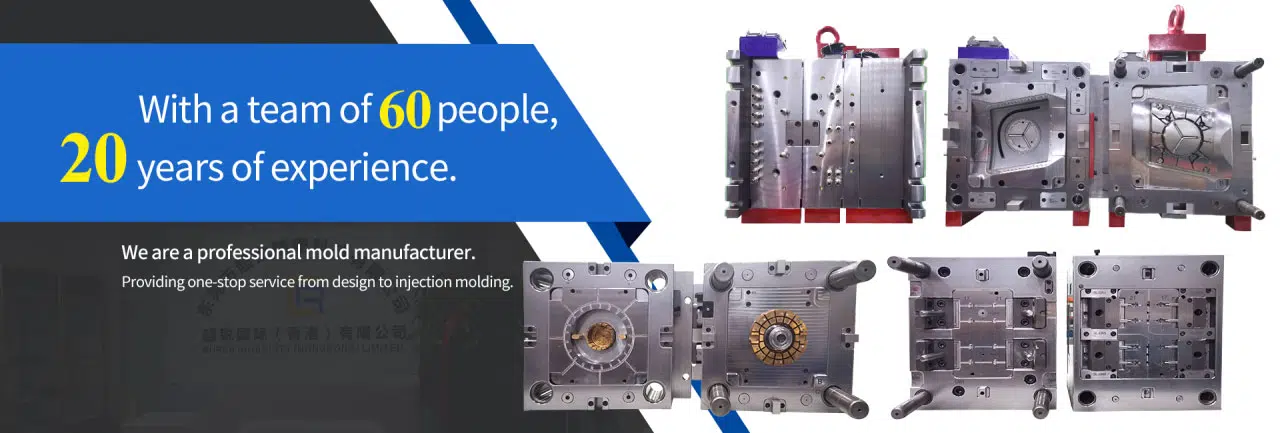# Swiss Lathe Precision Machining Techniques
## Introduction to Swiss Lathe Machining
Swiss lathe machining is a highly specialized form of precision turning that originated in Switzerland’s watchmaking industry. These machines, also known as Swiss-type lathes or sliding headstock lathes, have revolutionized the manufacturing of small, complex, and high-precision components.
## Key Features of Swiss Lathes
The unique design of Swiss lathes sets them apart from conventional lathes:
– Sliding headstock that moves the workpiece along the Z-axis
– Guide bushing for exceptional support during machining
– Ability to perform multiple operations simultaneously
– High precision capabilities (often within microns)
– Ideal for long, slender parts that would deflect on conventional lathes
## Advantages of Swiss Lathe Machining
Swiss lathes offer several significant benefits for precision manufacturing:
### 1. Superior Precision
The guide bushing system provides unparalleled support, allowing for extremely tight tolerances even on delicate parts. This makes Swiss lathes ideal for medical components, aerospace parts, and electronics.
### 2. Reduced Cycle Times
With multiple tool stations and simultaneous operations, Swiss lathes can complete complex parts in a single setup, dramatically reducing production time.
### 3. Material Efficiency
The precise control of Swiss lathes minimizes material waste, which is particularly valuable when working with expensive alloys or precious metals.
## Common Applications
Swiss lathe machining is used across various industries:
– Medical devices (implants, surgical instruments)
– Aerospace components (fuel system parts, fasteners)
– Electronics (connectors, pins, contacts)
– Automotive (fuel injection components, sensors)
– Watchmaking (gears, screws, arbors)
## Advanced Techniques in Swiss Machining
Modern Swiss lathes incorporate several sophisticated techniques:
### 1. Live Tooling
Rotating tools enable milling, drilling, and other secondary operations without removing the part from the machine.
### 2. Y-Axis Capability
Some advanced models feature Y-axis movement, expanding the range of possible geometries.
### 3. Sub-Spindle Operations
A secondary spindle allows for complete machining of both ends of a part in one cycle.
## Choosing the Right Swiss Lathe
When selecting a Swiss lathe, consider:
– Maximum part diameter and length
– Number of tool stations
– Spindle speed and power
– Control system capabilities
– Automation options for high-volume production
## Future Trends in Swiss Machining
The Swiss lathe industry continues to evolve with:
– Increased integration of automation and robotics
– Advanced software for simulation and optimization
– Hybrid machines combining additive and subtractive processes
– Smart machine monitoring and predictive maintenance
## Conclusion
Swiss lathe precision machining remains at the forefront of manufacturing technology, offering unmatched capabilities for producing small, complex components with exceptional accuracy. As industries demand ever-more precise and miniaturized parts, Swiss machining techniques will continue to play a vital role in modern manufacturing.



